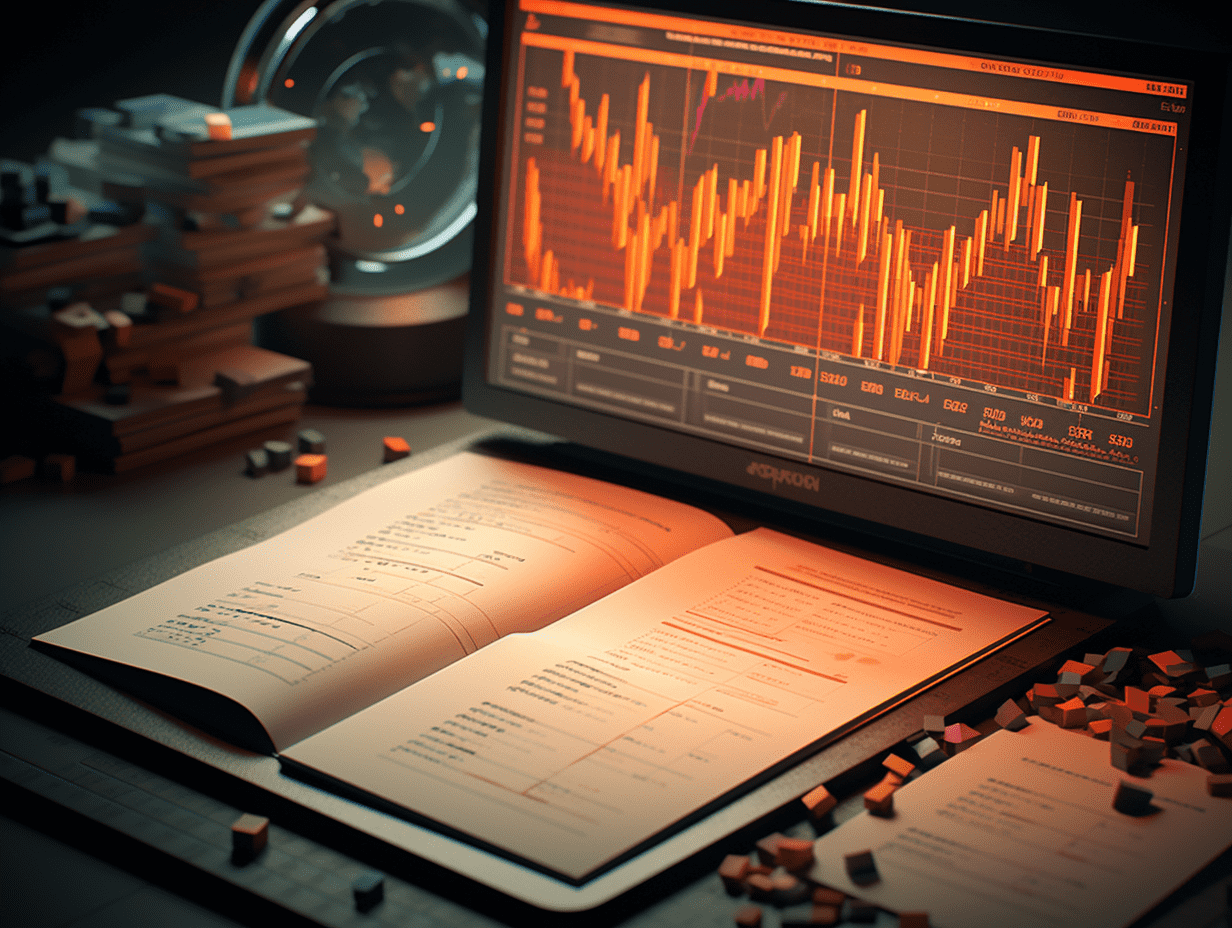Zhao Jian: Is the gold pit turning bullish or bearish? What is the market worrying about?
Judging the market in 2025, whether it is the stock market or the real estate market, whether there can be substantial repair and recovery, it still depends on whether investors' "animal spirits" can be inspired in the current environment, which in turn relies on policy tolerance and the overall societal atmosphere of tolerance and trust.
The last day of 2024 and the first day of 2025, both days saw a deep adjustment in the market. In a time when the fundamentals are still weak and the policy side is in a vacuum period, the market indeed lacks bullish momentum. Long-term sideways movement will result in a fall, this is the power of the market. Broad-based stabilization funds, lacking support from a bullish coalition system, naturally find it difficult to stand alone. Coupled with the "small essay" ignition, it is not surprising that a market supported by artificial means falls under the drive of inertia. Ultimately, it is the retail investors who suffer the most.
Moreover, the time gap between the Gregorian New Year and the Lunar New Year is not a particularly good period for the market performance. There was a major shake-up last year. In hindsight, the sharp drop in the Shanghai and Shenzhen indexes before the Spring Festival in 2024 was actually a "golden pit". In terms of annual returns, the Shanghai and Shenzhen indexes rose by nearly 15% in 2024, fulfilling the political task of "stabilizing the real estate and stock markets." So, will we see a similar market adjustment forming a golden pit in January of this year?
I think it is unlikely that we will see as significant an adjustment as last year. Firstly, the policy level has long been prepared to use stabilization funds at any time. If the adjustment is too large, such as the index approaching 3100, it is estimated that greater stabilization measures will be taken. Secondly, market trading is still relatively active, with daily turnover maintaining around 1.2 trillion. If there is a significant downward adjustment, short positions may turn into long positions. Thirdly, government bond interest rates have hit a new low, indicating a downward discount rate for market valuations, and the price-performance ratio between stocks and bonds will also undergo subtle changes. Once an institution is brave enough to charge forward, it is very likely to rekindle market bullish sentiment. Therefore, it is too early to judge the market turning bearish at present.
Of course, the market's inertia is still downward, like Sisyphus's giant stone. The stone is heavy, but fortunately it is supported by Sisyphus's policy Leviathan. Though difficult, it is not out of control. In this time gap of bidding farewell to the old and welcoming the new year, both the policy level and investors seem to be somewhat reluctant to continue the battle. Everyone wants to lower their risk preference in anticipation of the Spring Festival. Cash demand before the Spring Festival is also high, and it is not ruled out that investors will reduce their positions or redeem for cash. For institutional investors, the overall situation of 2024's performance has been determined, so standing on a new starting line, they are not in a hurry to take new positions and wait for the other side's actions. The result is that everyone is waiting at the starting line, waiting for a position to open at a low level to lay the foundation for this year's performance, ultimately resulting in a market shake-up where everyone gets stuck.
Therefore, the significant drop in these two days carries a sense of "prisoner's dilemma" - everyone collectively watches, waiting for the market adjustment, and when the market adjusts, they hope for an even larger adjustment. To solve this prisoner's dilemma, the national team must step in - not only in supporting banks and other blue-chip stocks but also in supporting small and micro-cap stocks. They need to tell investors not to wait any longer and to go long quickly. At this point, market reflexivity is formed, and the market will once again surge upwards. However, whether the national team has the will, the funding support, and the courage to support these small and micro-cap stocks remain uncertain. I think it is still difficult to break free from the constraints of the system until the market adjustment reaches a point where everyone can no longer tolerate it.
Looking ahead to 2025, if we say that 2024 ended with a bull market - first a crazy bull, then a slow bull, and finally a weak bull. The most likely scenario ahead is not a bearish turn from bull to bear, but more like a sick bull. From a policy market to a political market, directives like "stabilizing the real estate and stock markets" coming from the Political Bureau meeting, who will be responsible if the overall situation cannot be stabilized? Therefore, the "Sisyphus" will definitely spare no effort, another 200 billion will be quickly invested, and share repurchases will be carried out extensively between listed companies and commercial banks. Therefore, there will be an intense struggle before the Spring Festival, a special time, maintaining the bull market structure will be considered a victory.
In the coming year, due to various pressures, the weak bull fluctuation pattern will continue. The divergence between the overall market and individual stocks will become greater. The top looks at speculators, regulatory tolerance, and risk preferences; the bottom looks at the national team's enthusiasm and pace; the core looks at the extent of interest rate cuts and fundamental improvements. The core is expected to move upwards, but profiting from the index does not necessarily mean making money, so it would be better to allocate the bottom position to broad-based indices. Be patient for opportunities to profit from significant adjustments. Buy low-volatility high-dividend stocks when sentiment is low, and buy small and micro-cap stocks when sentiment is high. The dynamic barbell strategy will persist throughout.
Looking forward to 2025, there is a lack of trend-based investment opportunities globally. The fundamental problem in China's capital market is not a short-term issue of whether there is a shortage of money or enthusiasm but a long-term positioning issue - is it to serve financing and national development, or is it to serve investment and the preservation and appreciation of social wealth. The fundamental problem lies in the contradiction between the surface and the water, the total market value, and stock prices. The total market value has tripled in ten years, but the index remains at 3000 points. This is not because the number of listed companies has tripled, but because of the legalization of listed companies and the issue of delisting. A large number of garbage and zombie companies occupy valuable capital market space, infringing on the interests of small and medium investors. Unless this fundamental problem is addressed, it will be difficult to reverse the phenomenon of a long bear market and short bull market.
This problem in 2025 is manifested in the long line of IPOs in the primary market and the slow and weak bull market in the secondary market, unable to withstand the contradiction between not restarting the IPO and absorbing new large IPOs. Without restarting IPOs, the primary market bleeds, and financial services cannot effectively serve the real economy, especially the new productive forces. If IPOs are restarted significantly, the secondary market will suffer, and the hard-won bull market structure may end prematurely. Faced with such a dilemma, the policy level will most likely tilt towards protecting the bull market in the secondary market. If the secondary market turns bearish, IPOs will still be difficult to restart. The realistic strategy is to maintain stock market stability and, when the market sentiment is high, selectively open up IPOs that have market momentum, such as low-altitude economics and domestic AI. It can be said that the rhythm of the secondary market drives the rhythm of IPOs.
From the perspective of asset allocation, if the Merrill Lynch Quadrant is still in deflation, investors will certainly invest in stocks with a debt mindset, where low-volatility high-dividend stocks are the sought after. Because of risk preference and institutional attributes, the national team can only buy large blue chips. As speculative funds have limited capital, they can only speculate on small and micro-cap stocks, leading to warnings from regulatory authorities. Therefore, although the top seems to focus on speculation, in reality, it depends on the risk preference and tolerance of regulatory authorities. In the current environment, it is advisable to focus on investing in Chinese equities with a long-term view, as both the stock and property markets are still quite uncertain.We need a "brave lone warrior" with the spirit of an animal. However, the management cannot think that "public opinion can be manipulated" when the market needs saving, and then increase tolerance for speculative capital, only to turn hostile when the market improves. This will backfire on investors' expectations, causing them to flee before a big stock market rally, leading to the market enthusiasm becoming shorter and shorter until it is completely exhausted. Then only the national team will be left fighting alone.Actually, when judging the market in 2025, whether it is the stock market or the real estate market, the ability to have substantial repairs and recovery depends on whether investors' "animal spirits" can be stimulated in the current environment. This in turn depends on the tolerance of policies and the overall social atmosphere of tolerance and trust. Otherwise, it is difficult to have an ideal level of heat when the real estate market is still bottoming out. Investors should have a clear understanding of this.
This article is reprinted from "Xi Jing Research Institute", author: Zhao Jian, GMTEight editor: Chen Yufeng.
Related Articles

Due to the slowdown in production and weak demand, the US manufacturing sector has been shrinking for eight consecutive months.

US Stock Market Move | Atour Lifestyle Holdings Ltd. Sponsored ADR(ATAT.US) rose more than 4%. Institutions are paying attention to hotel groups focusing on operational margin improvements.

Ford Motor Company's (F.US) October US sales increased by 1.6% year-on-year, with strong demand for pickups offsetting the decline in electric vehicle sales.
Due to the slowdown in production and weak demand, the US manufacturing sector has been shrinking for eight consecutive months.

US Stock Market Move | Atour Lifestyle Holdings Ltd. Sponsored ADR(ATAT.US) rose more than 4%. Institutions are paying attention to hotel groups focusing on operational margin improvements.

Ford Motor Company's (F.US) October US sales increased by 1.6% year-on-year, with strong demand for pickups offsetting the decline in electric vehicle sales.






